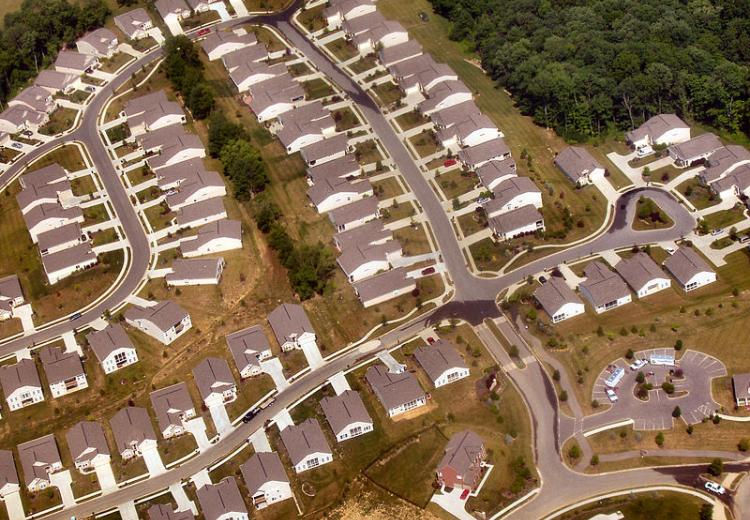American Utopia: The Architecture and History of the Suburb

Tract housing near Union, Kentucky from the air, ca. 2005.
In 1900, there were 16 million households in the United States; as of 2019, there are more than 126 million, an increase of nearly 700%. This inquiry-based lesson combines individual investigations of primary resources and visual media with group analysis to investigate the following inquiry: How is the architectural evolution of the American home related to broader themes of modern U.S. history, economics, and culture? The American home’s strong connections to important 20th-century themes like the New Deal, World War II, Civil Rights, and redlining encourages students to construct original arguments regarding the relationship between residential architecture and the advent of modern America.
Guiding Questions
How did significant 20th-century events like the Great Depression and World War II impact planned housing in America?
How and to what extent is the architecture of the house connected to history, culture, and economics?
To what extent have American’s attitudes regarding suburbia shifted over time?
Learning Objectives
Evaluate evidence from three case studies covering the evolution of the American suburb.
Summarize the evolution of the American suburb by offering strong connections to important 20th-century themes including the New Deal, World War II, Civil Rights, and housing discrimination.
Construct a document-based response that articulates a position on the intersection of architecture, suburbs, and political issues.
